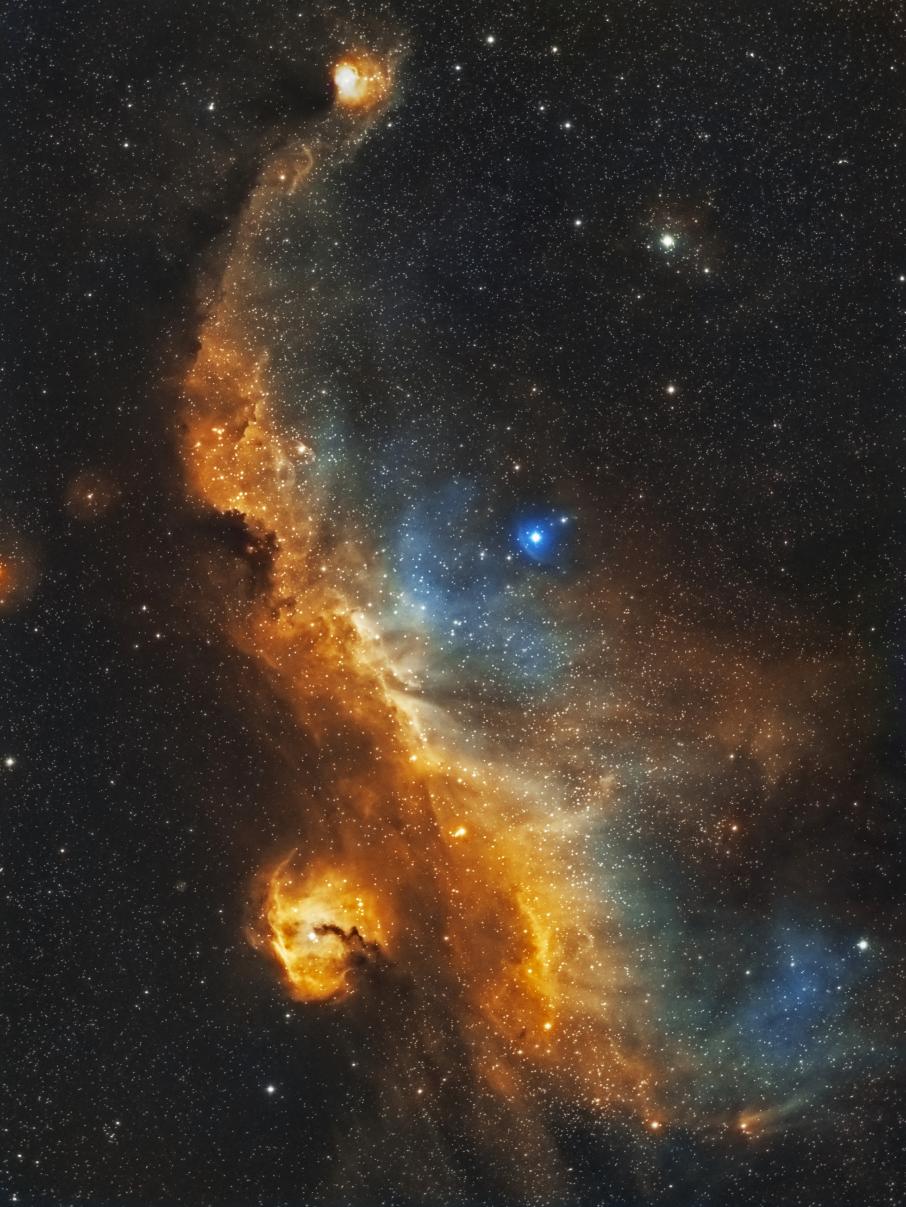What Are Some Tips for Composing Northern Lights Photos?
The Northern Lights, also known as Aurora Borealis, are a natural phenomenon that captivates the imagination with their ethereal beauty and celestial dance. Capturing these celestial wonders in photographs requires a combination of technical expertise, artistic vision, and a touch of patience. In this article, we delve into the essential equipment, settings, composition techniques, and post-processing tips to help you create stunning Northern Lights photographs that will leave your audience in awe.

I. Essential Equipment And Settings
Camera:
- Use a DSLR or mirrorless camera with a large sensor (full-frame or APS-C) for better image quality and low-light performance.
- Choose a lens with a wide aperture (f/2.8 or wider) to allow more light to enter the camera, especially in low-light conditions.
- Bring a sturdy tripod to stabilize your camera and prevent blurry images due to camera shake.
Settings:
- Set your camera to manual mode to have full control over exposure settings.
- Use a low ISO (100-400) to minimize noise and preserve image quality.
- Set a long exposure time (5-30 seconds) to capture the movement and flow of the Northern Lights.
- Adjust the aperture to achieve the desired depth of field. A wider aperture (lower f-number) will result in a shallow depth of field, while a narrower aperture (higher f-number) will provide a greater depth of field.
II. Composition Techniques
Choose A Dark And Clear Location:
- Find a spot with minimal light pollution to reduce interference with the Northern Lights' visibility.
- Check the weather forecast for clear skies and minimal cloud cover to ensure unobstructed views of the aurora.
Incorporate Foreground Elements:
- Include trees, mountains, buildings, or other natural or man-made elements in your composition to add depth and interest.
- Use leading lines to draw the viewer's eye towards the Northern Lights and create a sense of movement.
Experiment With Different Angles:
- Shoot from a low angle to capture the lights against the horizon, creating a dramatic and expansive composition.
- Try shooting from a high vantage point, such as a hill or mountaintop, for a panoramic view of the Northern Lights.
III. Capturing The Northern Lights
Focus On Infinity:
- Set your lens to manual focus and focus on a distant star or object to ensure sharp focus on the Northern Lights.
- Use live view to magnify the image and ensure precise focus.
Use A Remote Shutter Release:
- Use a remote shutter release to avoid camera shake during long exposures.
- Set a timer to trigger the shutter release for precise timing and to avoid touching the camera during the exposure.
Experiment With Multiple Exposures:
- Take multiple shots at different exposure times to capture the dynamic range of the lights.
- Blend these exposures in post-processing software to create a more detailed and visually appealing image.
IV. Post-Processing Techniques
Adjust White Balance:
- Correct the white balance to accurately represent the colors of the Northern Lights.
- Use a custom white balance setting if necessary to achieve the desired color temperature.
Reduce Noise:
- Apply noise reduction techniques to minimize noise in your images, especially in low-light conditions.
- Use software or plugins specifically designed for noise reduction to preserve image quality.
Enhance Colors And Contrast:
- Adjust the colors and contrast to bring out the vibrancy and detail of the Northern Lights.
- Use adjustment layers or curves to fine-tune the image and achieve the desired look.
V. Conclusion
Capturing the Northern Lights in photographs requires a combination of technical expertise, artistic vision, and a touch of patience. By following the tips and techniques outlined in this article, you can create stunning images that capture the ethereal beauty and wonder of this natural phenomenon. Experiment with different settings, compositions, and post-processing techniques to find your unique style and create images that will leave a lasting impression on your audience.
YesNo

Leave a Reply